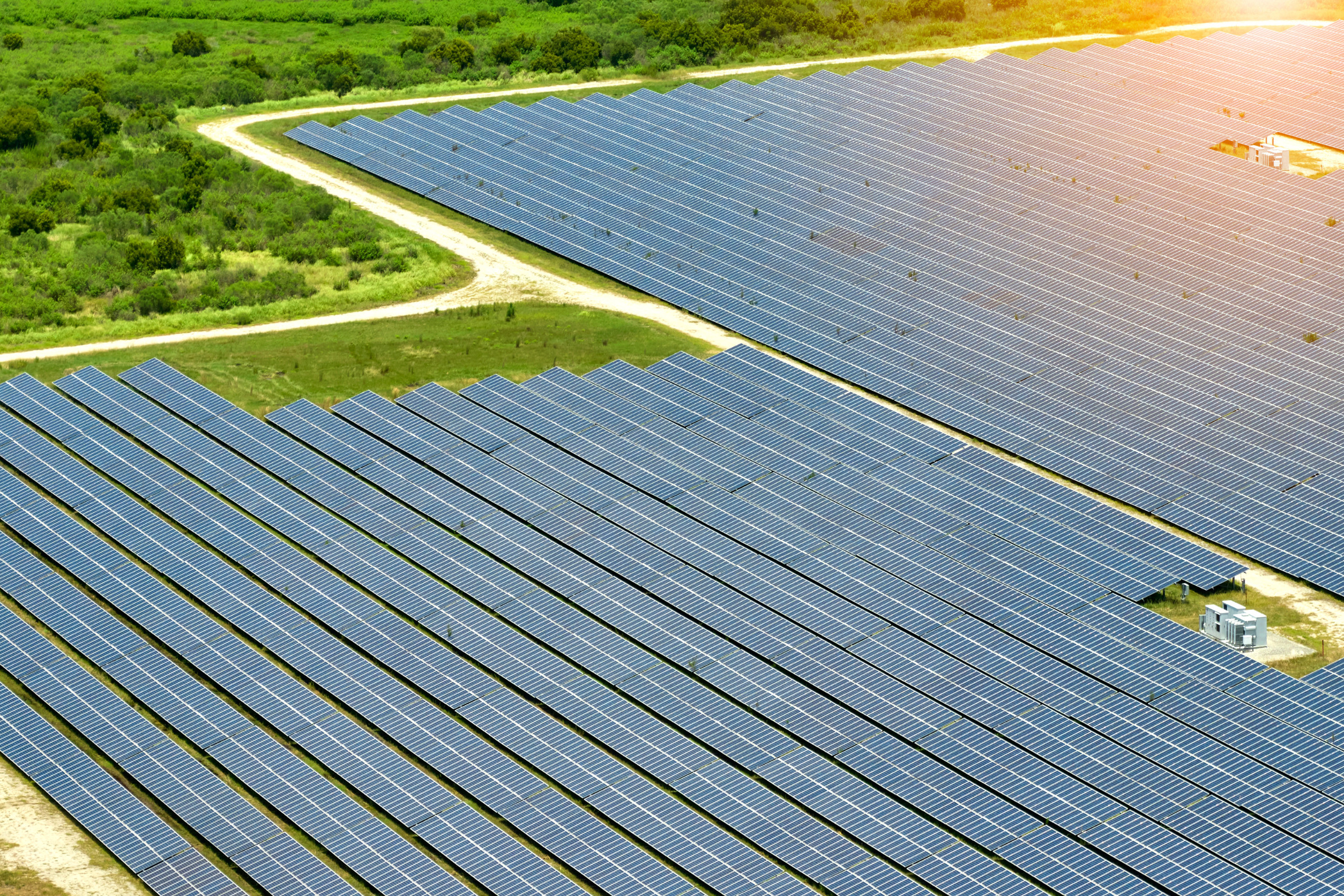Can American Conservation Survive ‘Green’ Energy? By Portia Roberts July 25, 2024 *Originally published in Real Clear Energy
Click here to read this article by Portia Roberts as published by CFact.org
It’s summer, the ACs are cranking, SUVs are loaded, and families are hitting the road for beaches, forests, mountains, and National Parks. Thanks to our unique history of conservation and a culture of preservation, Americans have, for many decades, taken for granted their access to natural beauty. Reverence, even love of that natural beauty is epitomized by our country’s 400 National Parks, hundreds of miles of protected coasts, and 800 million acres of forest, only 40% of which falls under government management. Organizations like Save the Bay and thousands more founded by concerned citizens serve to champion habitat restoration and protection. Indeed, such was the very foundation of the modern environmental movement spawning nonprofits that advocate for policy, educate, install oyster beds, guard sea turtles, clean woodlands, “save the whales,” remind drone operators about the negative impacts of unmanned vehicles on wildlife, and, of course, constrain or prevent drilling and mining projects to preserve species and habitats.
But now the environmental movement is at odds with itself. The movement’s full-throated embrace of so-called “green energy,” successfully amplified by unprecedented government mandates and subsidies, is leading to habitat-invading and beauty-destroying energy projects at scales that not only rankle onlookers but also those environmentalists still committed to stewardship and conservation—and would shock the founders of the preservation movement. In California, a 2,300-acre solar project requires destroying thousands of 150–200 year-old Joshua Trees, also the habitat of endangered desert tortoises. Locals object. Officials approve. The power generated in the eastern part of the state will reportedly benefit communities hundreds of miles west. Disputes in Maine about where to put massive wind turbine projects pit environmental groups against conservationists intent on protecting wilderness and wildlife. Paradoxically, the state has the nation’s strictest mining laws, precluding any possibility of directly sourcing even a portion of the raw materials necessary to construct the turbines and solar panels slated for deployment to Maine’s electrical grid. Meantime in Vermont a solar panel project that would cover 227 football fields of pristine landscape is being vigorously opposed.
These so-called “green” technologies, useful in generating intermittent power in discrete conditions and geographies, not only impact the visual environment but also have as yet unknown impacts on our environment when deployed at scale. However, we are starting to get some indications. Scientists are still studying impacts from massive off-shore wind installations on sea temperatures and marine life. Only now are some communities and environmental groups coming to terms with the monumental scale of non-recyclable plastic blade trash on the horizon as those turbines age out. Just this month at Vineyard Wind, a partial blade from a single Eiffel Tower-sized wind turbine failed, dropped into the ocean, and necessitated several beach closures. Add to this other newly discovered consequences such as, for example, studies showing that massive solar installations often proposed for the Sahara Desert would contribute to higher global temperatures. We also know large-scale solar installations cause loss of habitat, confuse birds, drive runoff, pollute waterways, degrade soil health, and disrupt animal migration.
Despite ample evidence that we should proceed with caution regarding industrial scale deployment of land-invading green energy, the Inflation Reduction Act (IRA) promises trillions to subsidize such projects. So-called green energy, with the notable exception of nuclear, is—from mine to deployment—extraordinarily land and resource intensive. Some environmental groups are beginning to raise alarms about both deep sea mining and expanding conventional mining for the vast quantities of critical materials needed for aggressive electrification and large-scale solar and wind projects.
In total acres used per megawatt, coal, natural gas, and nuclear power have tiny footprints compared to wind and solar. A solar power plant typically requires 5 to 10 acres per megawatt while a natural gas plant uses less than a half an acre per megawatt. These estimates don’t even account for the increases in land mined for the necessary metals and mining.
In the 100 years since modern environmental conservation began, we have become increasingly more efficient in the resources and land we use to supply energy. But now, ‘green’ energy policies come at the expense of far greater land and water use. ‘Green’ policies also ignore increased foreign resource dependence and environmental impacts overseas. The production of useful energy, which drives economic productivity, is always about tradeoffs. Americans are unlikely to tolerate increasingly obvious ‘green’ tradeoffs.
A future with denser, cleaner urban footprints that preserve natural habitats requires that we continue to decrease the natural resources and land we consume, particularly with our population predicted to peak anywhere from 20 to 60 years from now. In addition to affordable cars, air conditioners, and smart phones, virtually all Americans want clean air and abundant, biodiverse
seas and wide-open spaces our 19th-century forebearers helped to realize. You can bet future generations will too. It’s in our nature. And our energy policies and choices should reflect that.
Portia Roberts is the Policy Director for the National Center for Energy Analytics and holds an MA from Johns Hopkins SAIS.
his article originally appeared at Real Clear Energy



